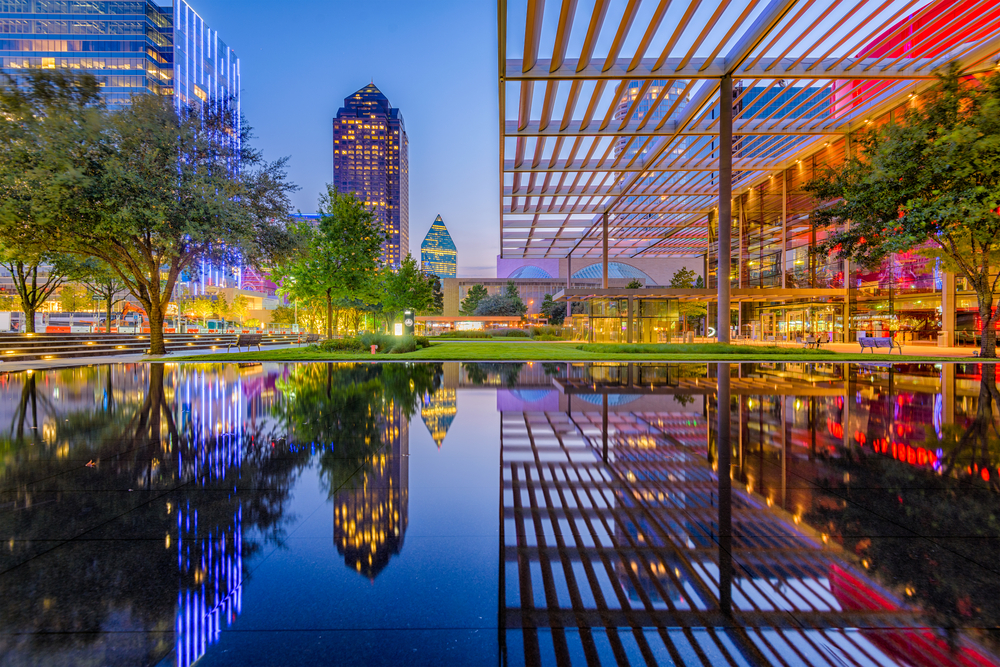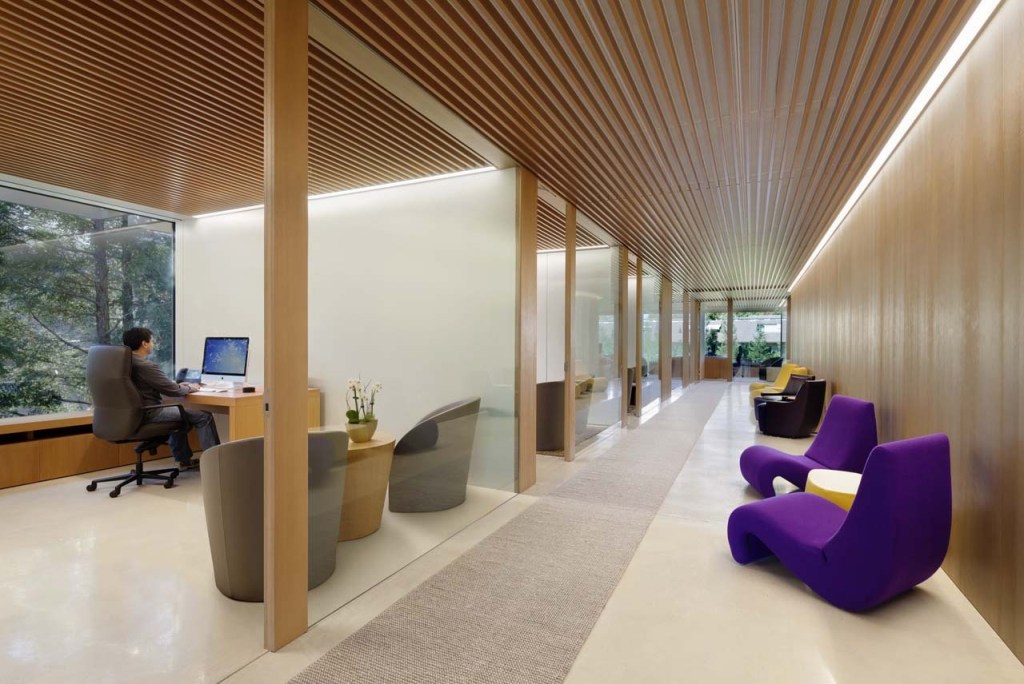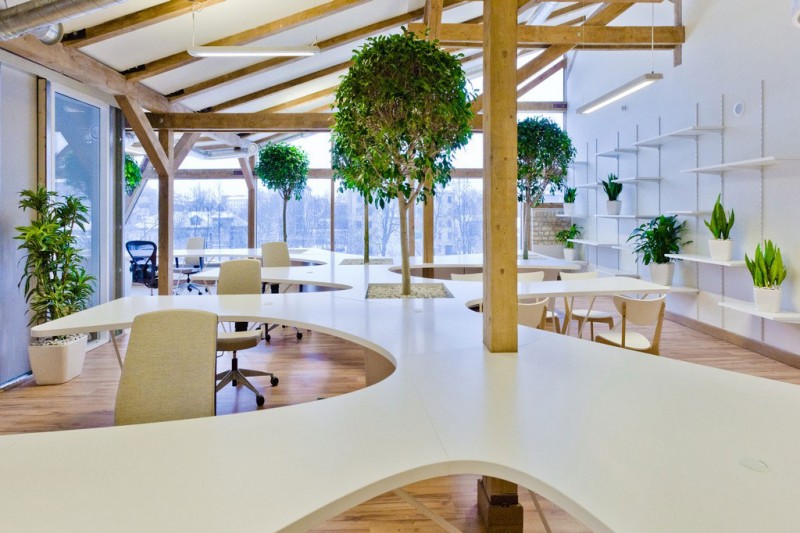Shifting Spaces
Office Market Update
While industry fundamentals are healthy and the economy is strong, the U.S. office sector faces pressures that could fundamentally alter its business model. Jeff Adler and Jack Kern, vice president and director of institutional research, respectively, for Yardi Matrix, provided an update on a sector in transition in a recent webinar. After a shaky fourth […]





